Picture anything more appetizing than the smell and taste of smoked meat. Can’t think of anything? Neither can we.
While smoked meat is all well and good, I’m sure there are times you struggle to finish off a huge chunk of smoked meat. It breaks every pitmaster's heart to throw leftovers away, but thankfully, you don’t have to.
Smoking your meat as a way to preserve it has been around for centuries. Modern refrigeration is good, but by no means is it the best.
However, just because it’s smoked, doesn’t mean it can’t go off.
So, how long does smoked meat last? For this article, we spent hours searching the web to answer all your burning questions about this delicious way of life.
Read on to find out the different ways to smoke your food, as well as our special tips and tricks to avoid your meats spoiling.
Quick Summary
- Smoked meat can last up to 4 days in the refrigerator and 2-3 months in the freezer.
- Proper storage methods, such as vacuum sealing, can extend the shelf life.
- A 2020 study published in the National Library of Medicine reviewed the impact of various processing and preservation technologies on meat and found that methods like dry aging and high-pressure processing influence both the sensory appeal and nutritional value of meat products [1].
- Consuming spoiled meat can lead to foodborne illnesses, so it's essential to follow proper storage guidelines.
So, How Long Does Smoked Meat Last?
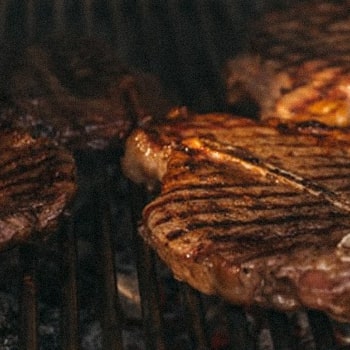
Smoked meat can last for four days, as long as it was refrigerated within two hours of being removed from the smoker.
If you properly wrap and freeze your smoked meat, it can last up to three months.
The answer varies depending on what type of method you have used to smoke your meat.
If we take a look at the food safety guidelines by the FDA [2], who assume you have hot smoked your meat, this is what they suggest:
- For pork, lamb, raw beef, and veal steaks, while hot smoking, you can raise the internal temperature to at least 145 degrees Fahrenheit. For ground meat, it is 160 degrees Fahrenheit and poultry is 165 degrees Fahrenheit. The high temperatures work to destroy bacteria sitting on the surface of the meat.
- Ensure you avoid cross contamination by cleaning your diary utensils and/or chopping boards.
- Always ensure your meat is refrigerated within two hours of food smoking. Wrap your meat up as tight as possible, either in a small container or using plastic wrap.
“Foods should be reheated thoroughly to an internal temperature of 165 °F or until hot and steaming. In the microwave oven, cover food and rotate so it heats evenly.”
- USDA, Food Safety And Inspection Service
Keep in mind, hot smoking isn’t the only way to smoke your meats. Smoked meats can also be obtained via warm smoked, cold smoked, and smoke-roasted methods.
Generally, smoked food that has only been smoked, does not heighten the meat preservation appreciably longer than the original food items.
While the smoking process is delicious, all it really does in preservation terms is kill the microbes for a short period.
This is why many people turn to cure their meat after smoking. Cured smoked dramatically extends how long your smoked meat can last.
When you think of smoked meats with a super long storage life, they have usually gone through this curing process.
Different Smoking Methods

While many people know smoking meat involves a smoker, some wood chips, and fire, many amateur pitmasters don’t realize it goes much further than that.
There are four different ways to smoke your meat, each using different temperatures and giving you different meat preservation times.
1. Hot Smoking
Much like the name suggests, hot smoking involves very high cooking temperatures. The internal temperature usually hits the 225 - 250 F mark. This smoking process is the most common when it comes to smoking techniques.
Even with these high temperatures, it can take many hours to hot smoke meat, whether it be fish, beef, lamb, etc.
Although many pitmasters brine their meat beforehand to improve the taste, it isn’t essential for the smoking stage since the smoker is already hot enough to cook the meat.
When smokehouses smoke chicken, pork, and such meat they do it purely for flavor, since it doesn't do much for food preservation.
That’s why hot smoked food only has a storage life of 4 days after being refrigerated.
2. Warm Smoking
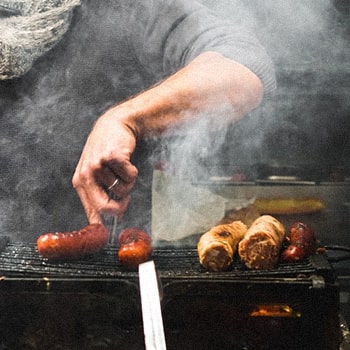
Warm smoking is similar to hot smoking, the only difference being a lower temperature, between 77 to 104 F.
When it comes to preserving texture for delicate meats such as fish, warm smoking for short periods is the way to go.
Meats like sausage and bacon that have been pre-cooked are often warm smoked to give the meat that smoky, tangy flavor, while also heating it up and getting the meat safe to eat.
Avoid warm smoking meats such as pork or poultry since it can lead to food poisoning. According to the FDA, warm smoking requires you to leave your meat between 40 - 140 F, which is considered a danger zone [3].
Also Read: How to Keep a Smoked Turkey Warm?
3. Cold Smoking
Opposite to hot smoking, cold smoking involves curing raw meat. Cold smoking is similar to what they would have used centuries ago as a food preservation method.
The aim is to create an environment that prevents spoilage bacteria growth. To do this, the meat is first cured by dehydrating meat with the use of a salt mixture.
After cured with salt, then comes the drying process. Between 1 - 12 hours, the meat is hung up in an area with good airflow to develop a pellicle.
This pellicle is a slightly sticky, dry layer that forms on the outside of the meat, allowing the smoky flavors to stick to it.
Once cured, the meat then goes in the smoker and gets ready to be cooked. For cold smoking, foods are cooked under 90 F.
Many smokers designed for cold smoking use a separate firebox, so the meat is kept away from direct fire. Depending on the meat type and size, cured smoked meat can take multiple days to develop.
“If you are smoking meat intentionally for preservation, cold-smoking is the ideal technique because it allows the meat to dry under a longer cooking time. Curing the meat also helps.”
- Ben Rayl, Founder of ComfortableFood
4. Smoke Roasting
Smoking meat using this method combines the traditional roasting recipes and techniques while providing a slight wood smoke flavor.
This method uses a typical fan oven or grill with an extra accessory that holds wood chips or pellets.
Smoke roasting is less about preservation purposes and more about adding an extra dimension to the food's flavor. This can also involve using salt.
Refrigerating Your Meat

As previously stated, it is incredibly important to refrigerate your smoked meats once they have been cooked.
Letting them sit around at room temperature will only invite bacteria and your meat last a mare two hours before refrigeration. Therefore, you should get your food products in the refrigerator or freezer asap.
When storing smoked meat, always consider this:
If you’re planning on eating your leftovers within four days, popping them in the refrigerator will be fine.
Take a look at these steps when storing smoked food inside the refrigerator:
- Find the smallest container possible that fits your cut and seal it inside. Alternatively, you can use a wrap as long as it is wrapped super tight.
- Consider vacuum packing your smoked foods to reduce how much oxygen it comes into contact with. This will ensure food safety, avoid food poisoning, botulism poisoning, and surface spoilage.
- Never leave the meat longer than four days.
- When reheating the meat, always go by the recommended internal temperature in order to kill bacteria.
If you plan on consuming your smoked meat after four days, always use the freezer as a means of preservation.
- Freezing does not kill bacteria. Therefore, always make sure your work surfaces and tools are clean before food handling.
- To seal in the natural juices and prevent freezer burn, always wrap your smoked meat up tightly.
- Use butcher paper to wrap your meat, ensuring the wax side is facing inwards.
- You can use aluminum foil to double wrap your meat. This will lock the moisture inside of the meat.
Always remember to reheat your smoked meat once you get it out of the freezer to thaw it. To kill the bacteria, heat using the recommended internal temperature depending which food you are reheating.
You can check this using a meat thermometer. If your smoked meat has a slimy texture or turns brown, don’t hesitate to bin it since it is no longer safe for human consumption.
Theoretically, you could keep your smoked meat - whether it be country hams, fish, chicken - stored inside the freezer for up to a year.
Although, we recommend no more than 3 months if you really want to preserve that moisture and smoky goodness.
How To Make Smoked Meat Last Longer

Consider this guide a little checklist for your basic meat preservations needs. No matter which smoking method you use, you should always remember the following things:
- Seal your smoked meat tightly. Food that has not been packaged properly is only asking for bacteria, even if it is placed inside a refrigerator.
- How long does smoked meat last without refrigeration? The answer is: not very long. Without curing your meats beforehand, it’ll take a measly two hours for your meat to begin to spoil.
- Four days is the cut-off date. If you leave your meat any longer than that, you’re only putting yourself at risk of food poisoning, even if the food “looks fine.”
- Once you freeze your meat, it can theoretically be kept for up to a year. Although, after three months it will begin to lose its taste, and there is no guarantee that it will not spoil.
- If you use a vacuum seal, your meat will store for longer inside the fridge or freezer - the less air, the fewer bacteria.
“A vacuum sealer is a great investment for any meat/BBQ enthusiast. I use this whenever I make smoked sausage, especially when I do over 100 lbs of sausage at a time.”
- Mike Haas, Co-founder of AngryBBQ.com
When Meat Is No Longer Safe For Consumption?
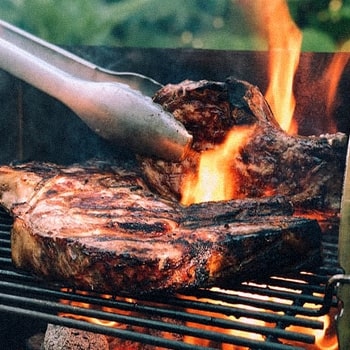
If you haven’t managed to eat your stored meat before its recommended preservation time ends, unfortunately, there comes the point where you’re going to have to throw it away.
Does smoked meat last forever? I’m afraid not.
Therefore, you’re going to need to recognize when your smoked meat is no longer fit for consumption.
A good indicator is how the meat smells. If it no longer smells appetizing, then it’s best to avoid eating it.
The biggest sign would be mold or slime on the meat. For the sake of your stomach, do not try to cut the ‘bad’ bits off. It’s time to lay that gone off meat to rest.
If you have your doubts, it’s a good idea to throw them away. Smoking meat may take time, but it’ll take longer for you to get over food poisoning.
Read More:
References:
- https://www.ncbi.nlm.nih.gov/pmc/articles/PMC7601710/
- https://www.fda.gov/media/91319/download
- https://www.fsis.usda.gov/food-safety/safe-food-handling-and-preparation/food-safety-basics


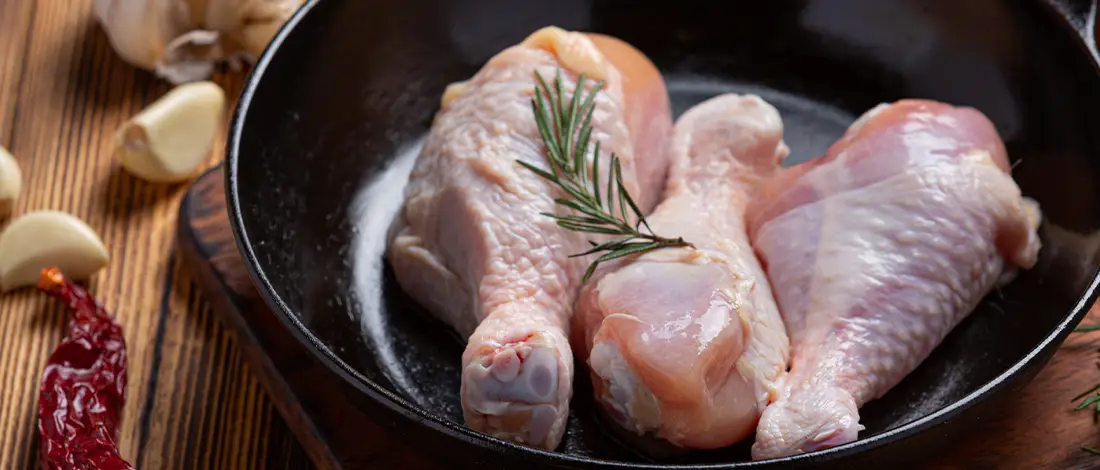
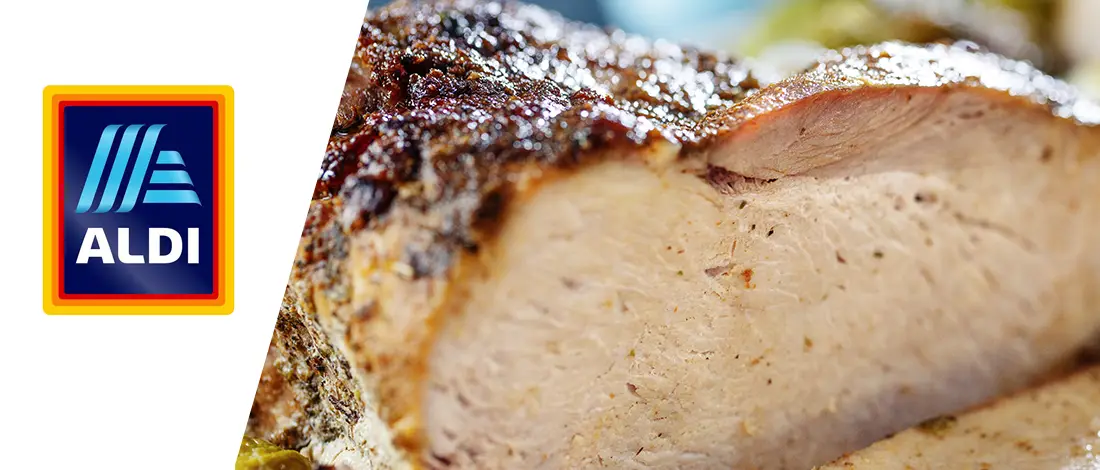
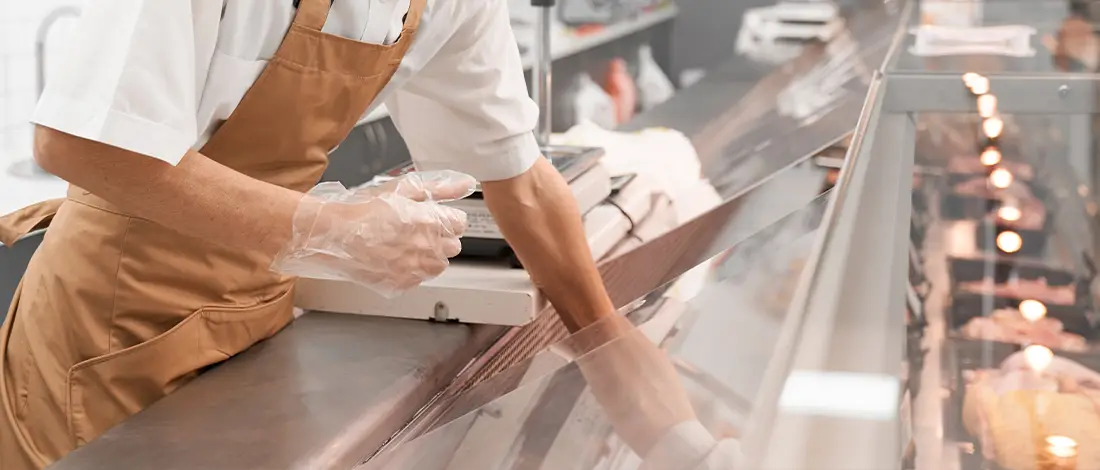
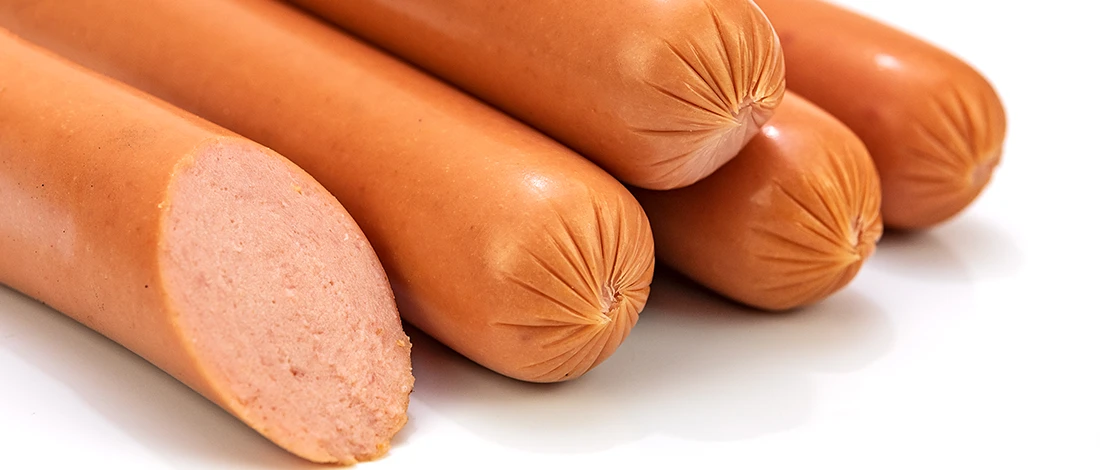



I once smoked a pork shoulder, forgot about it in the fridge for a week, and ended up tossing it. Now I know it might’ve still been safe. Lesson learned.
Do you think vacuum sealing smoked meat before freezing really makes a noticeable difference in flavor and texture? I’m considering investing in a sealer, but not sure if it’s worth it.